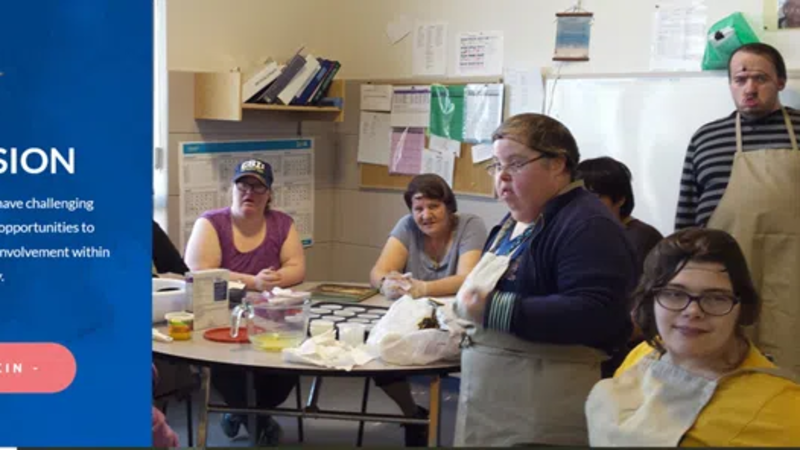
‘There isn’t consistency:’ COVID-19 response varies for children in care
WINNIPEG — Phones have been ringing continuously at the office of the First Nations family advocate in Manitoba as parents, children and social workers look for answers about what will happen to some of society’s most vulnerable during the COVID-19 pandemic
“I always want to give the message to our families to stay strong,” says advocate Cora Morgan.
“I know it’s really hard because they have to stay strong against circumstances very few mainstream people could appreciate.”
Morgan describes the pleas for help. One call is from parents begging to see their children’s faces since court-ordered, in-person visits have been delayed indefinitely. Another is from a mother who needs to take parenting classes as part of a plan to reunite with her family. The classes have been discontinued.


